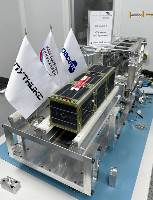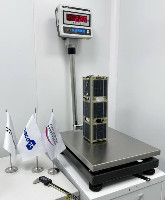Last modified: 2023-11-04
Feel free to connect at any time.
Created by Erik Kulu
Email:
erik.kulu@nanosats.eu
LinkedIn:
linkedin.com/in/erikkulu
Social Platforms
LinkedIn:
Nanosats
Twitter:
@nanosatellites
Sister Websites
NewSpace Index:
newspace.im
Factories in Space:
factoriesinspace.com
Copyright © 2014 - 2025 Erik Kulu


